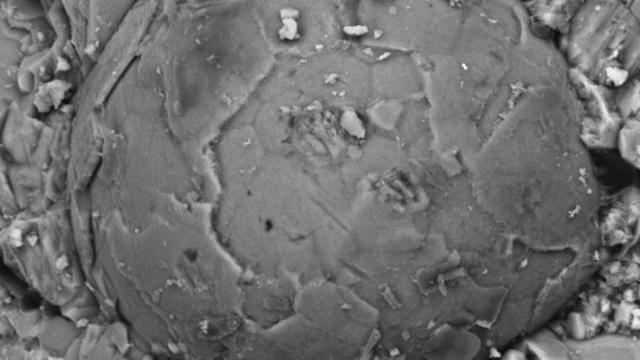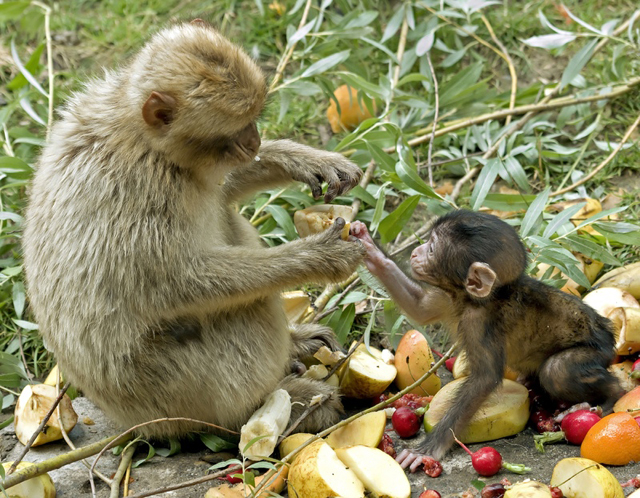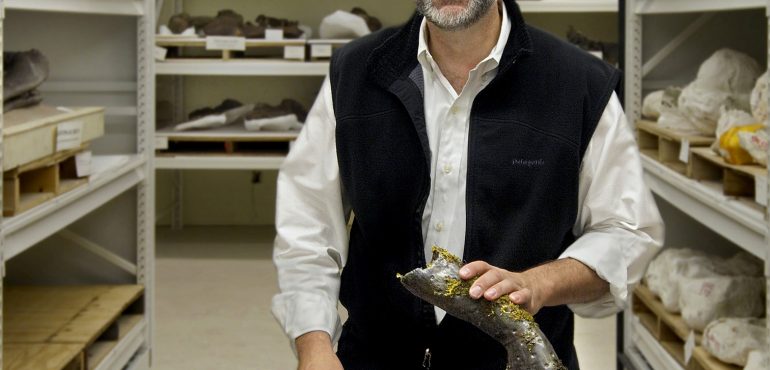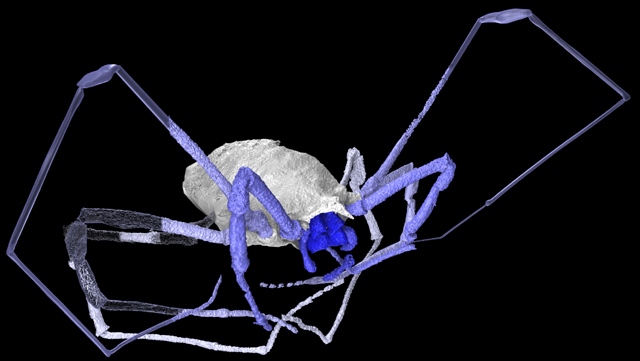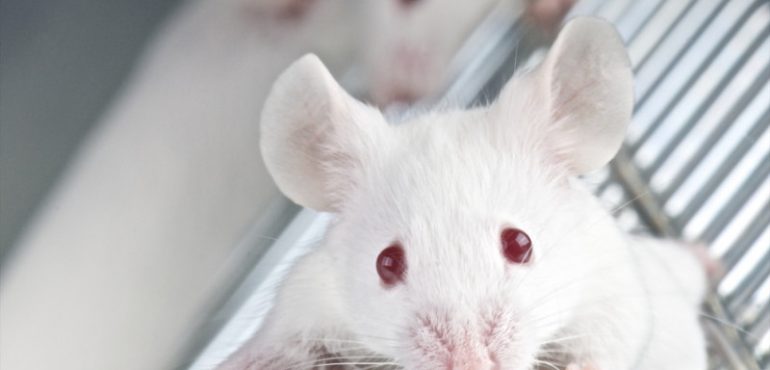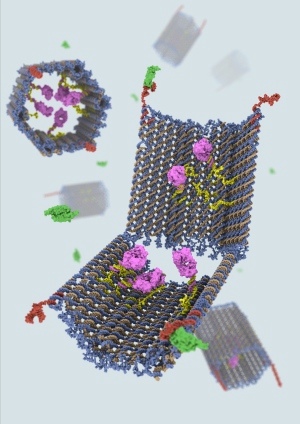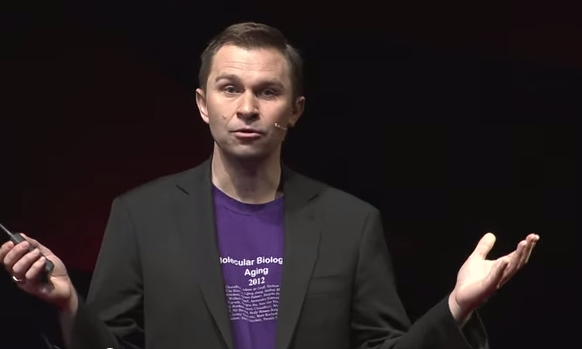Tiny, spherical fossils found in southern China appear to be the embryos of a previously unknown animal. The fossils come from the Cambrian, a period dating from 540 million to 485 million years ago and known for an explosion of diversity. Some of the organisms that appeared during the Cambrian, such as the bug-like trilobite,…
Read more
Tiny fossils found in China appear to be 500-million-year-old embryos
